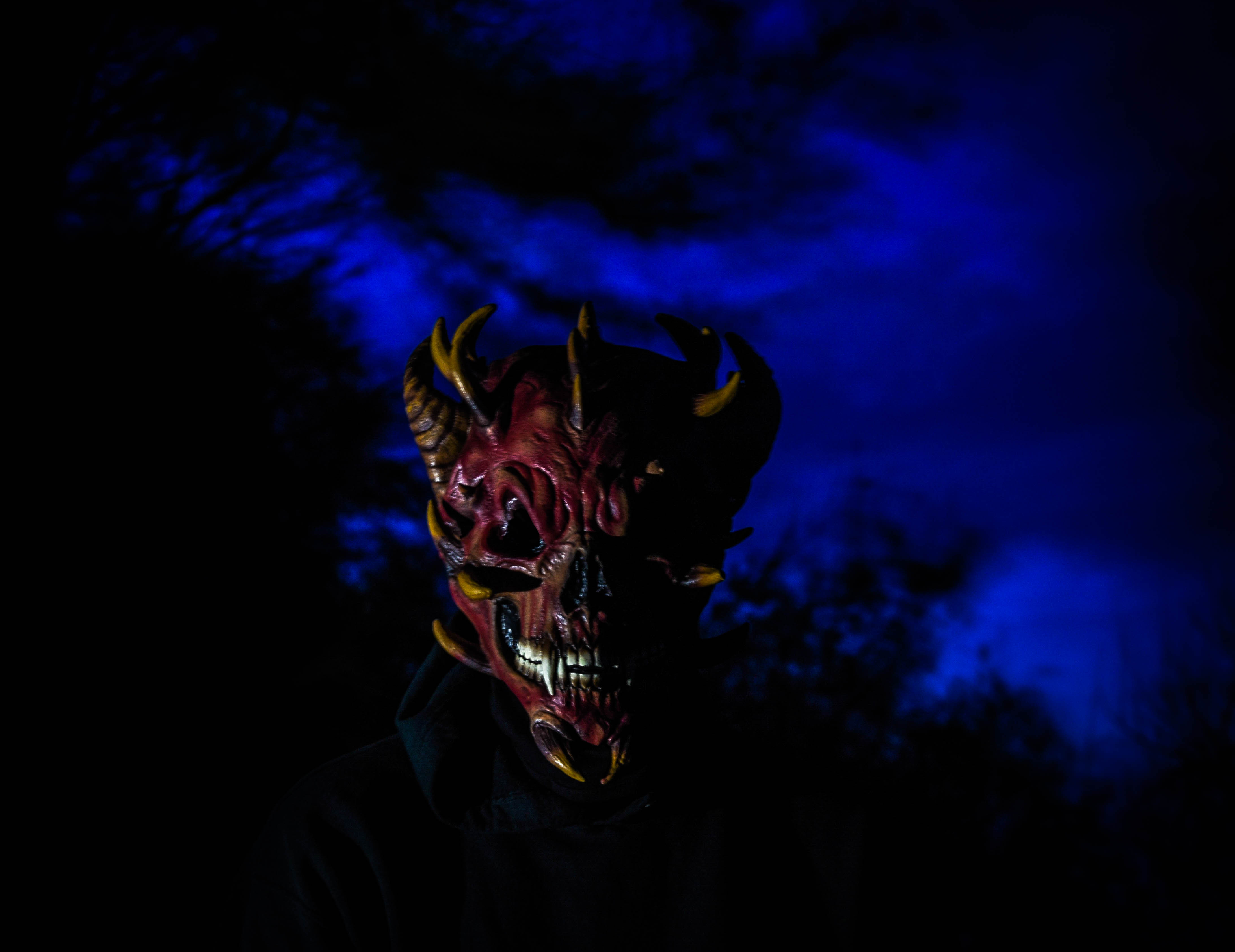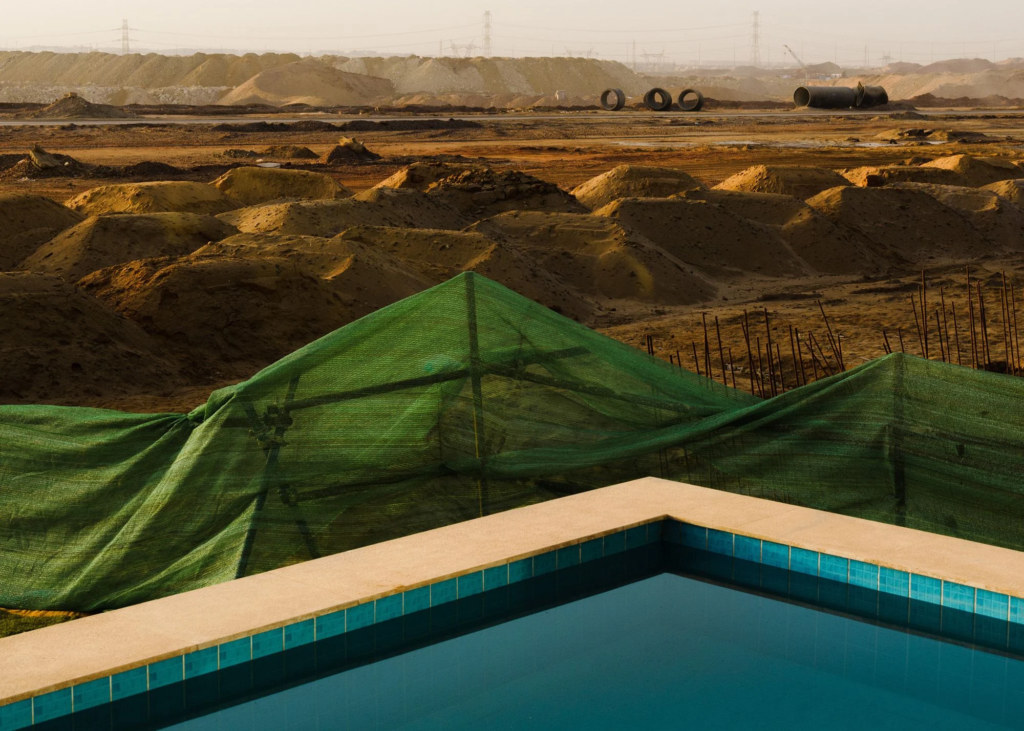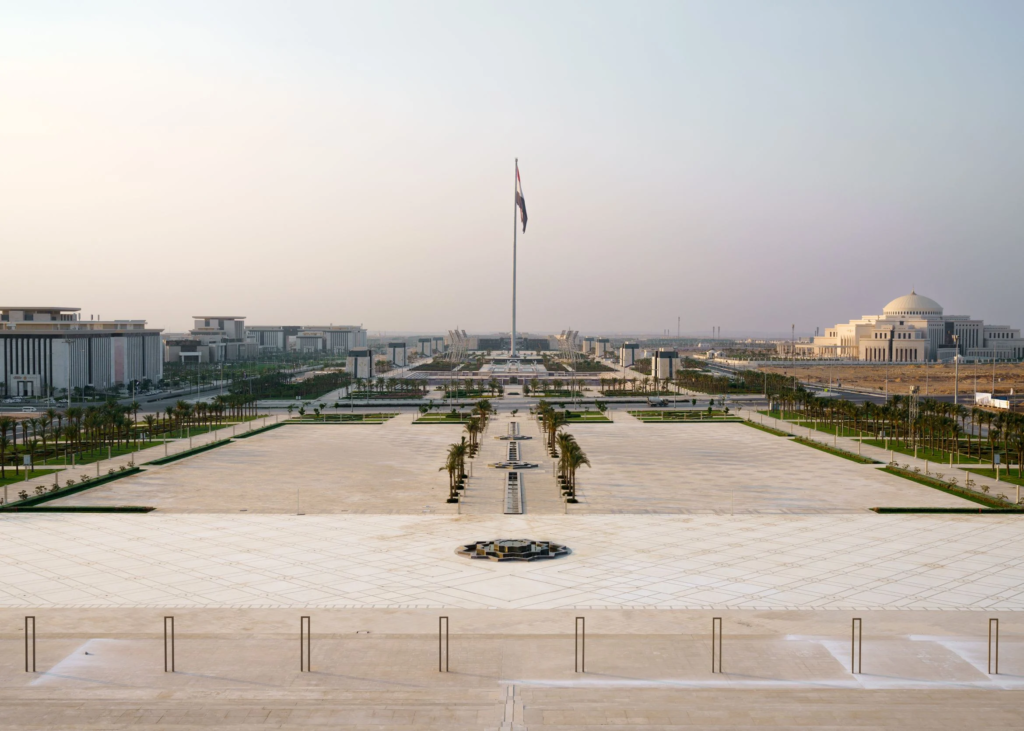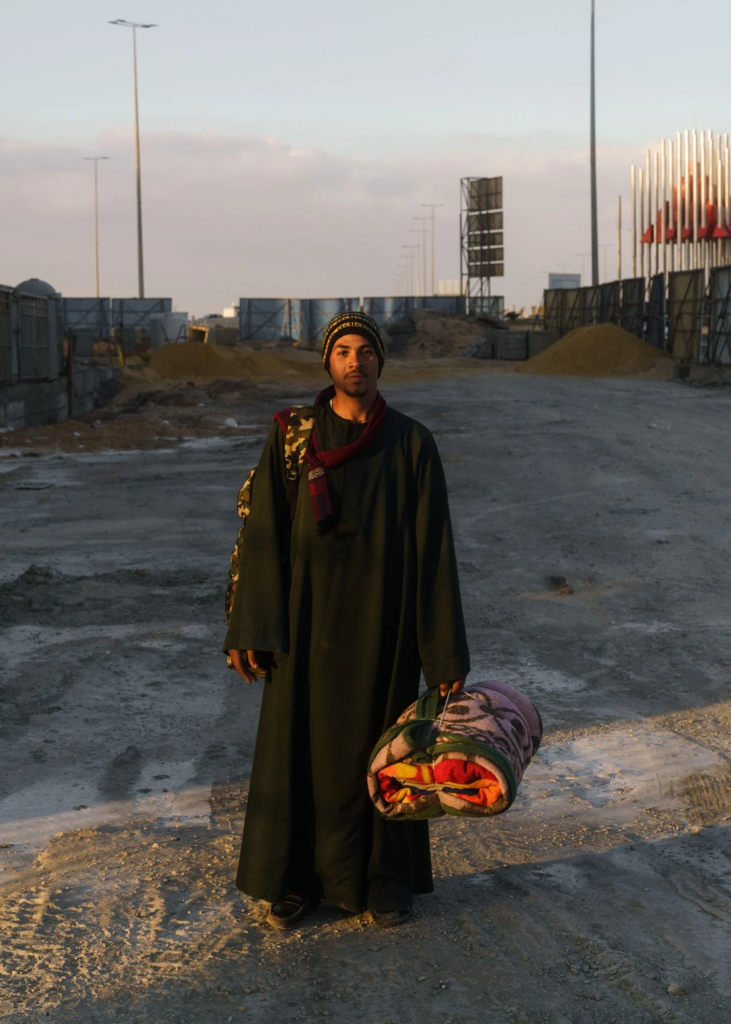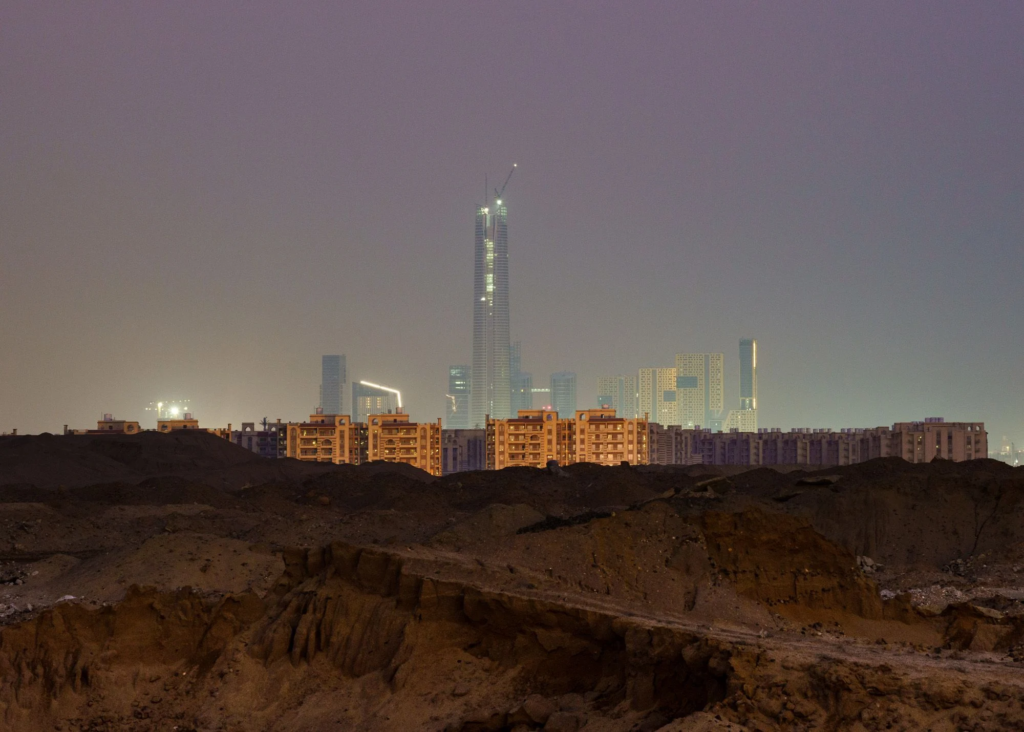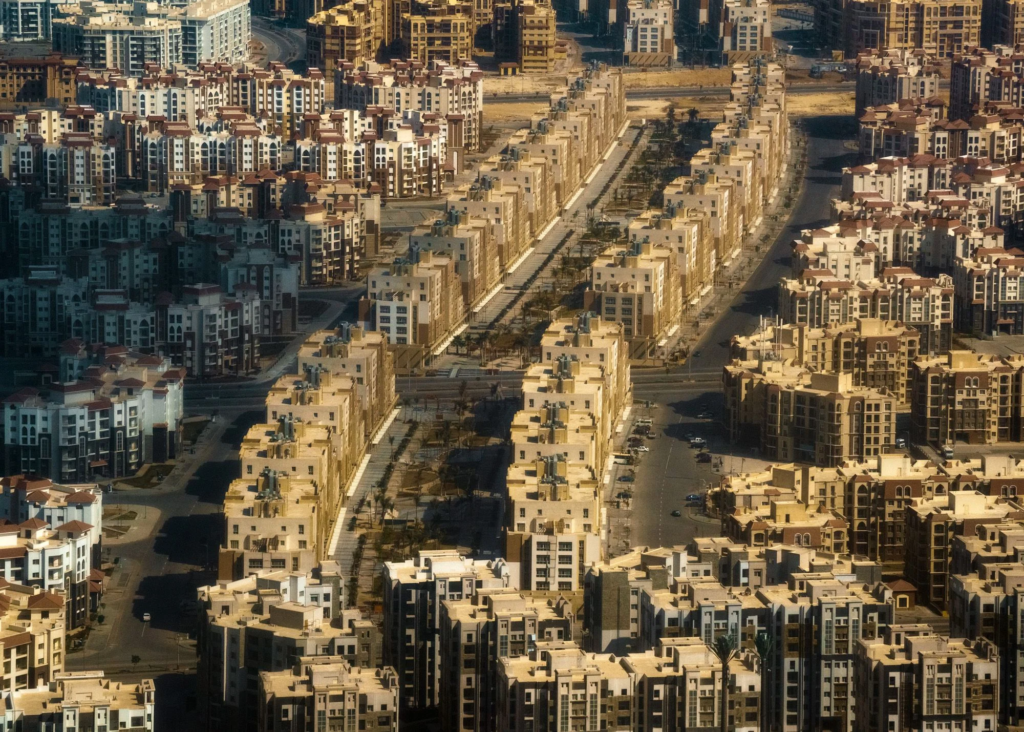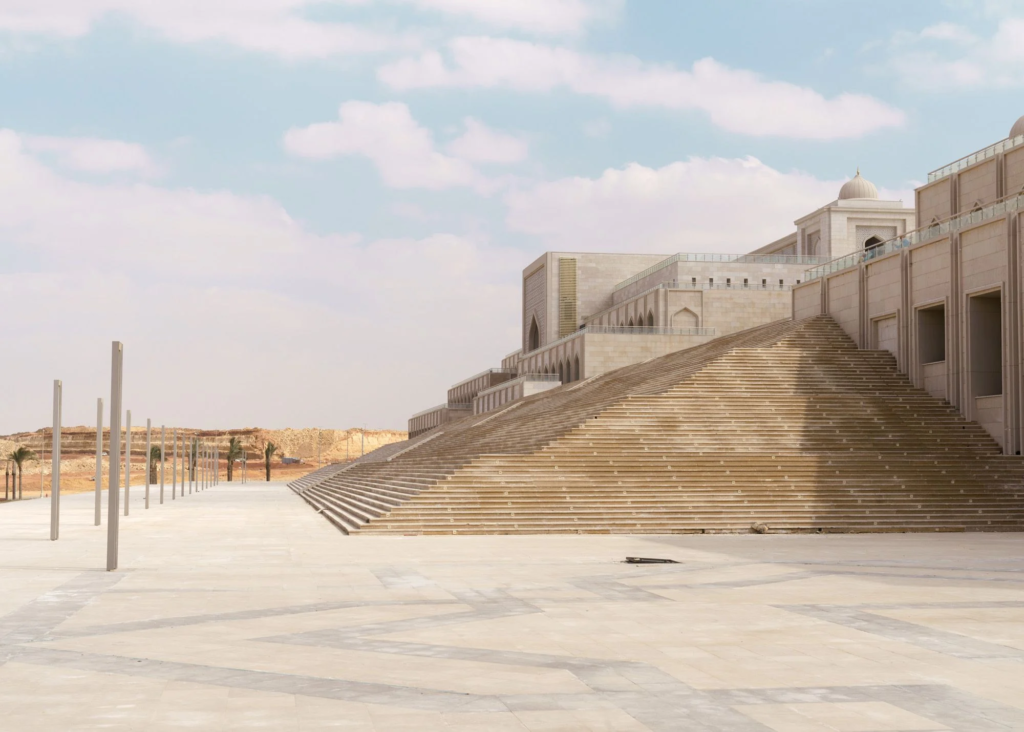NARRATIVE: Explore a subject or theme in-depth (see below) that engages with the St Ouen’s Bay’s area of natural environment, military heritage or social history. Or, reflect on childhood or contemporary memories of going to the beach, surfing or ‘hanging out’ with family and friends that may be autobiographical or fictional (staged).
NARRATIVE: INSPIRATIONS / IDEAS / VISUAL STIMULA / ARTISTS CASE STUDIES
Here is a selection of previous Personal Study projects by A-level photography students exploring a natural area and landscape or Jersey and/ or exploring themes around the Occupation history or folklore or Jersey legends.
Matthew Brown: Bouley Bay
My photobook explore the area of Bouley Bay. Overall, I want to capture the activity, views, and close ups of key feature such as rocks, shells, heritage, the hill climb, and the bay. I could also look into the history of the bay and the Jersey Folklore, involving the Black Dog. It is important to me as I grew up in that area, and have many memories of it. And I hope to capture it in the same way in which remember it. I wish to develop my project by exploring the bay and collecting lots of objects to photograph in a studio, and also to take long exposure, aerial, and underwater of the bay, as I have been inspired by many photographers, such as, Martin J Patterson (@ mjplandscapes on Instagram), Jaun Munoz (@ drjuanmdc on Instagram), and David Aguilar (@ davidaguilar_photo). Read more on his BLOG




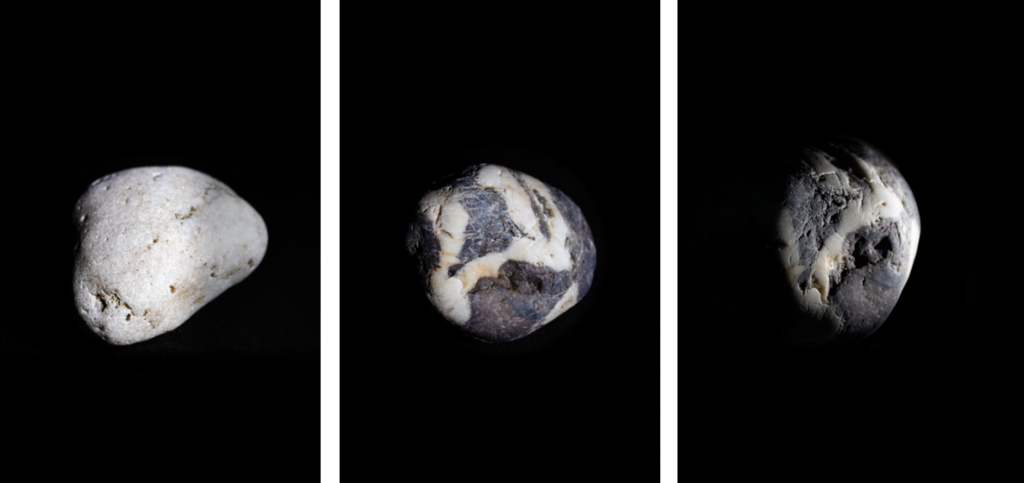
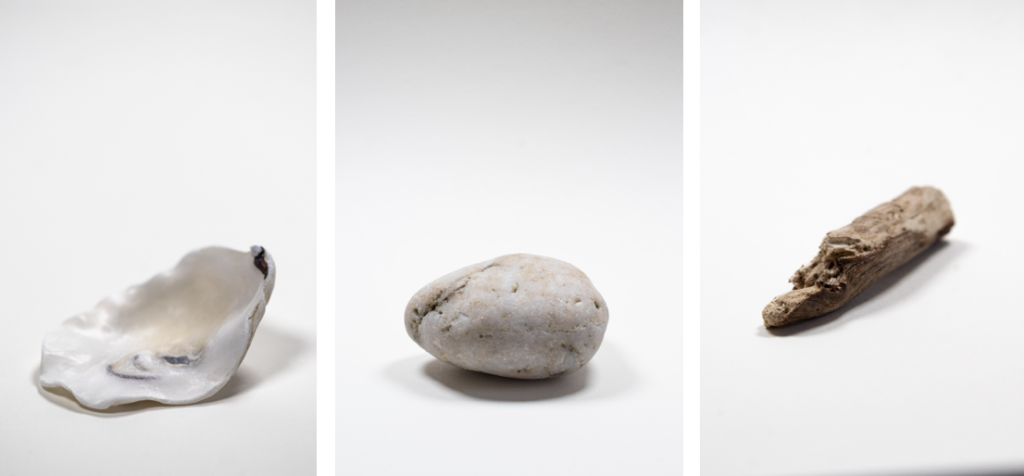




Megan Woolsgrove and her project on Green Island: La Motte Here is an online link to her photobook: La Motte: Walking through Landscapes and Archives. Go to her blog here for more context, research, artists references, experimentation etc.
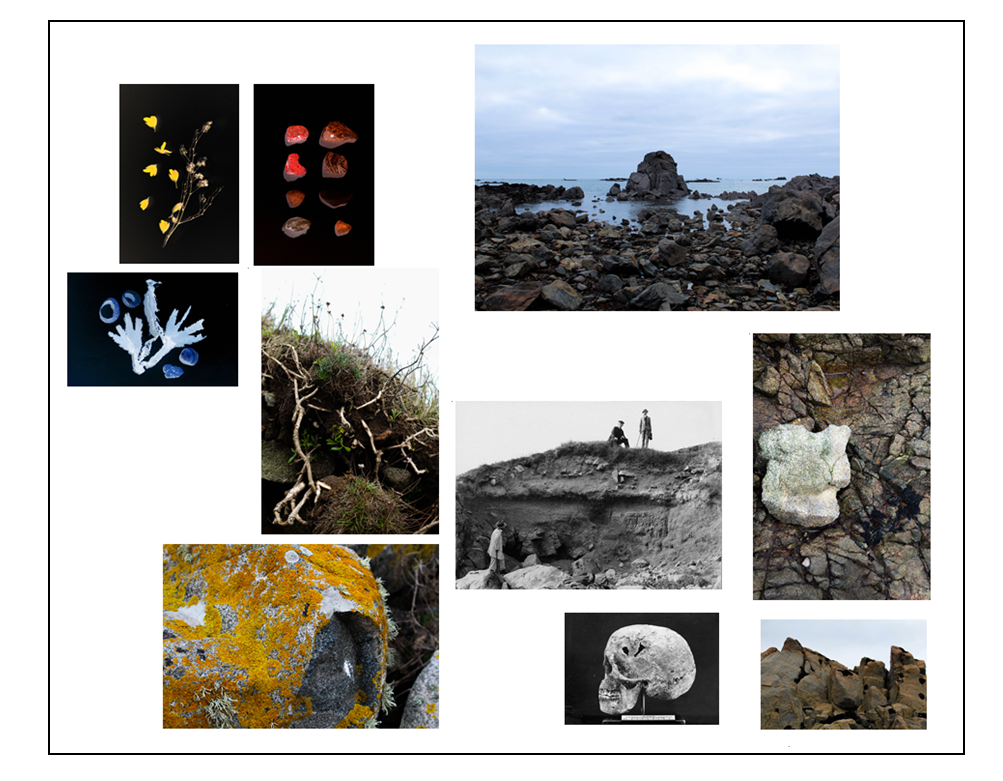


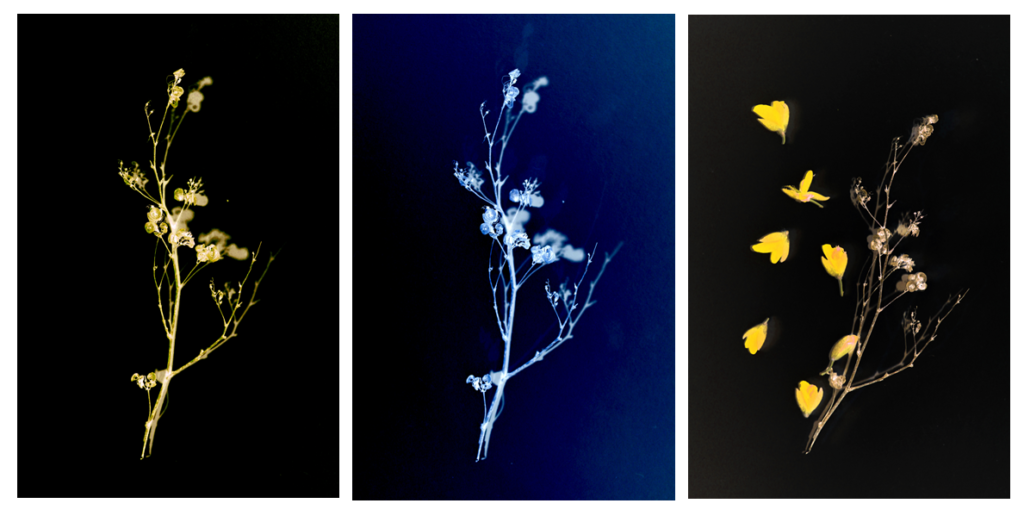

Inspiration was Anna Atkins photobook: Photographs of British Algae: Cyanotype Impressions 1843-53

The first book to be photographically printed and illustrated, Photographs of British Algae was published in fascicles beginning in 1843 and is a landmark in the history of photography. Using specimens she collected herself or received from other amateur scientists, Atkins made the plates by placing wet algae directly on light-sensitized paper and exposing the paper to sunlight. In the 1840s, the study of algae was just beginning to be systematized in Britain, and Atkins based her nomenclature on William Harvey’s unillustrated Manual of British Algae (1841), labelling each plate in her own hand. Read more here
Nicholas Gallery: Waste
I summed the topic of my project in one word being ‘Waste’ as it reflects the three concepts behind my work:
- The ‘Waste’ featured in the images
- The action behind humans throwing away the things they do not consider important.
- The consequences of disposing items to ‘Waste’ away.
I repeated the same pattern of images throughout the book, to give an organised aesthetic. The circle images are placed alongside their close-up comparisons to show the detail in the items depicted. I chose to make many of my images full scale, as they all have dark backgrounds. Black is used in a minimalistic style to emphasize the items, as well as being associated with darkness and negativity to reflect the topic of pollution. Link to Nick’s Blog



Finn McGreevy: Untitled
An exploration into my father’s connection to the ocean. My photo story will consist of a combination of archive and new imagery aiding me to document the past life of my father in photo form. The story will have a focus on my dad and his attachment to the sea. Imagery differing in age will be used to give viewers a deeper understanding into this relationship and how his love for the sea has shaped relationships among my family. Explore more here on his Blog
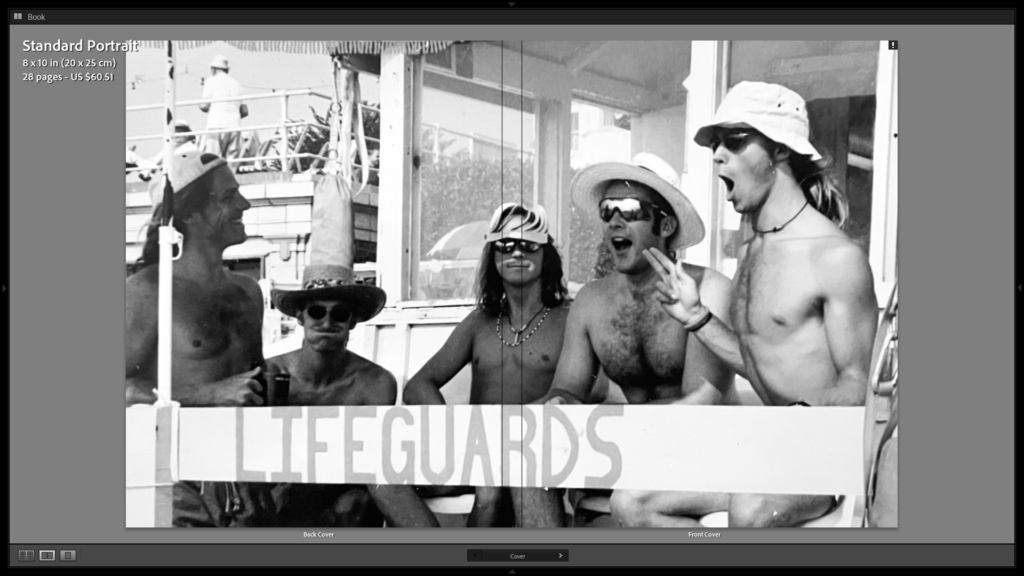
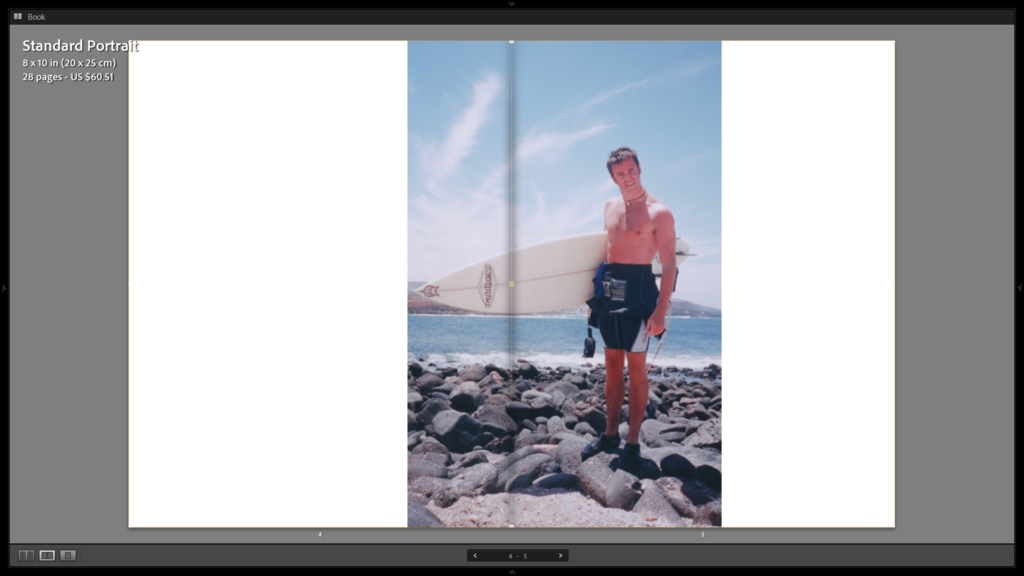
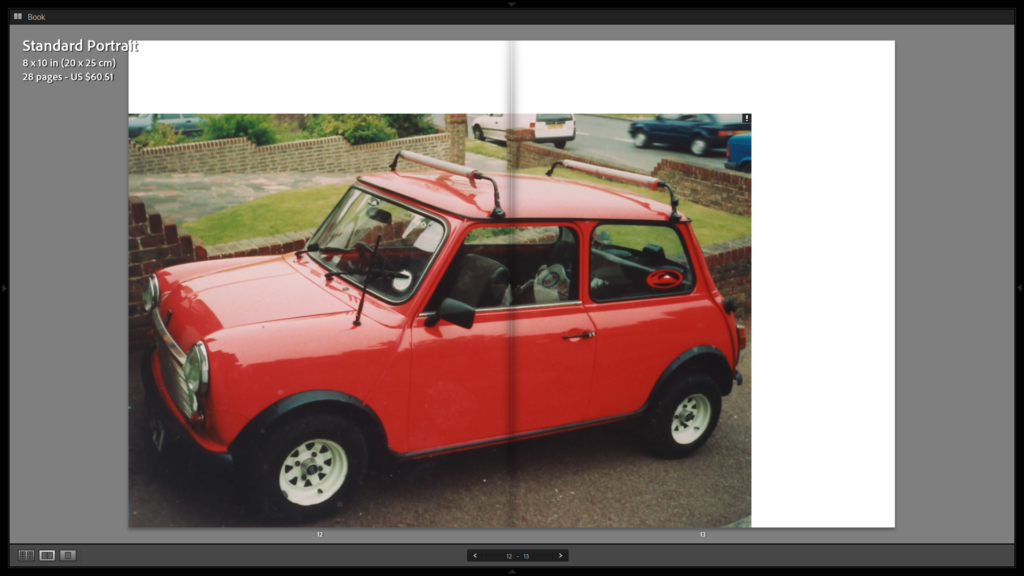
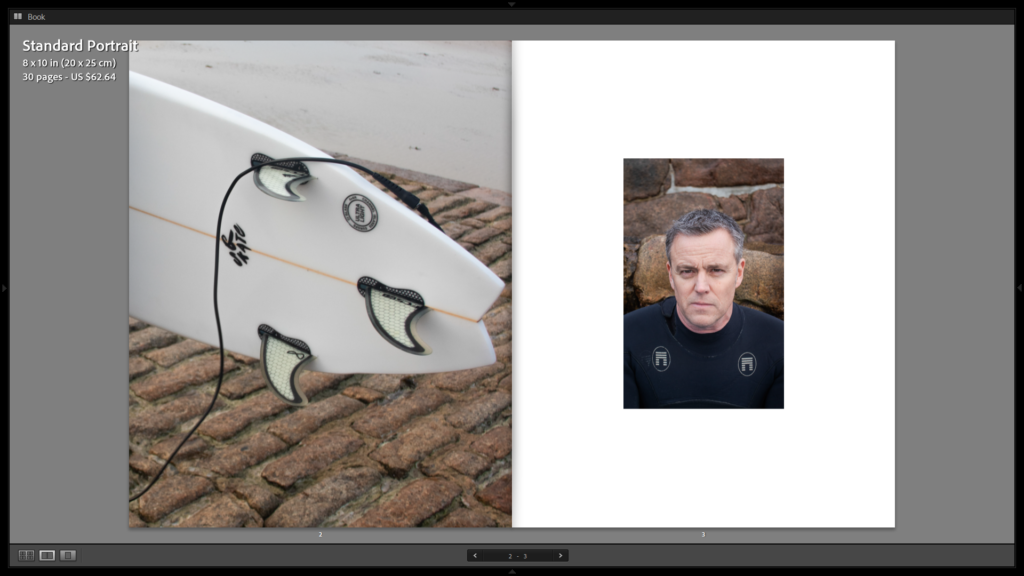
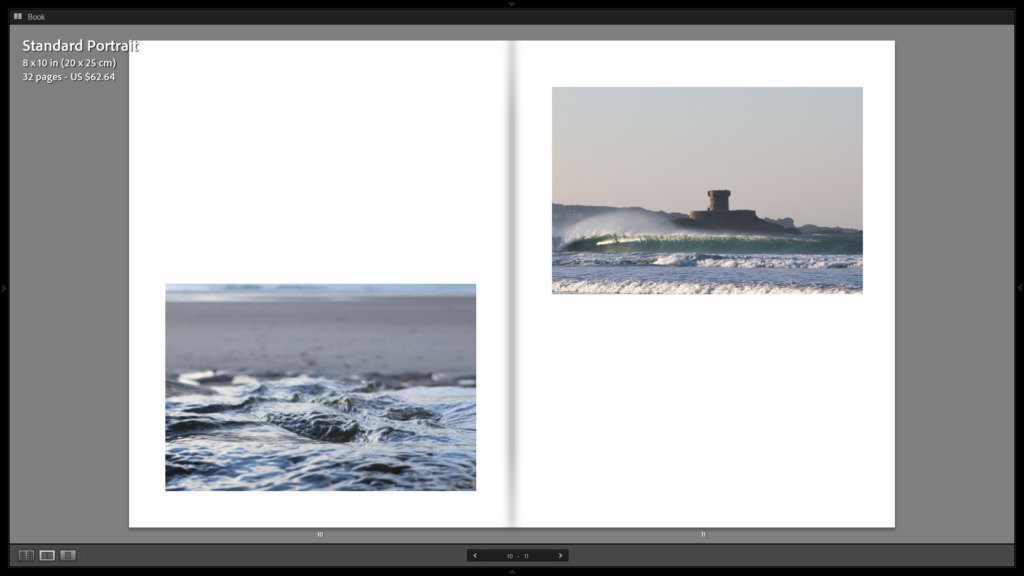
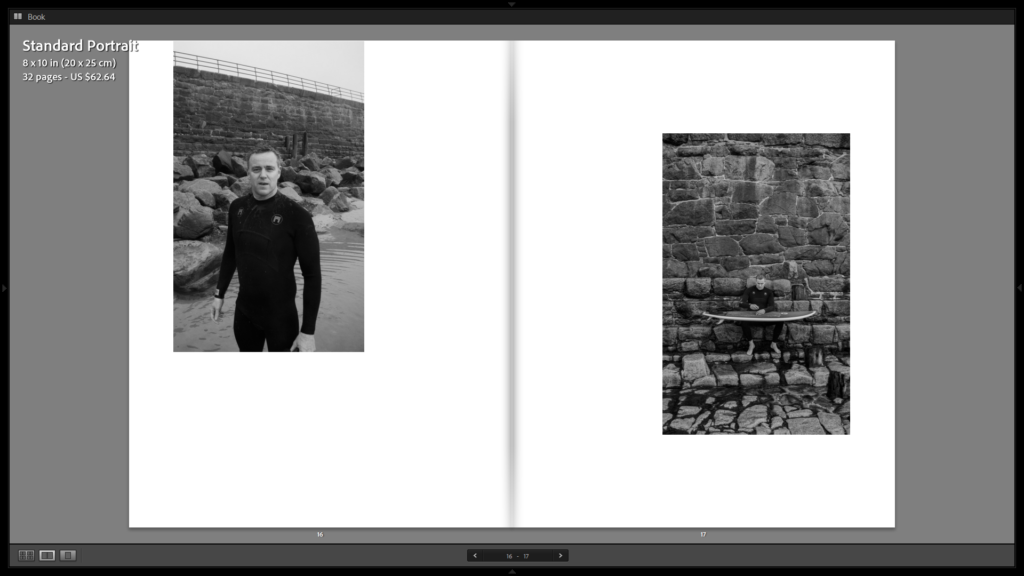

Pip Plummer: Just one more wave…
I want to explore the story of my dad’s long and continued relationship with the sea and surfing. I will focus on how it has impacted his life and relationships as a whole, as well as my own life as his daughter. This subject is important to me because it is essentially the reason I am here, because my parents met when my mum learned to surf and my dad was her instructor. For this reason, my whole family has been involved with the sport ever since and it affects my life every day. I plan to ask my dad questions about how he started surfing, what draws him to it everyday, and how he feels about the sport. I will also use archived images from family albums from my dad’s life in Newquay as a young surfer and then from my parent’s history together.
Explore more on her Blog
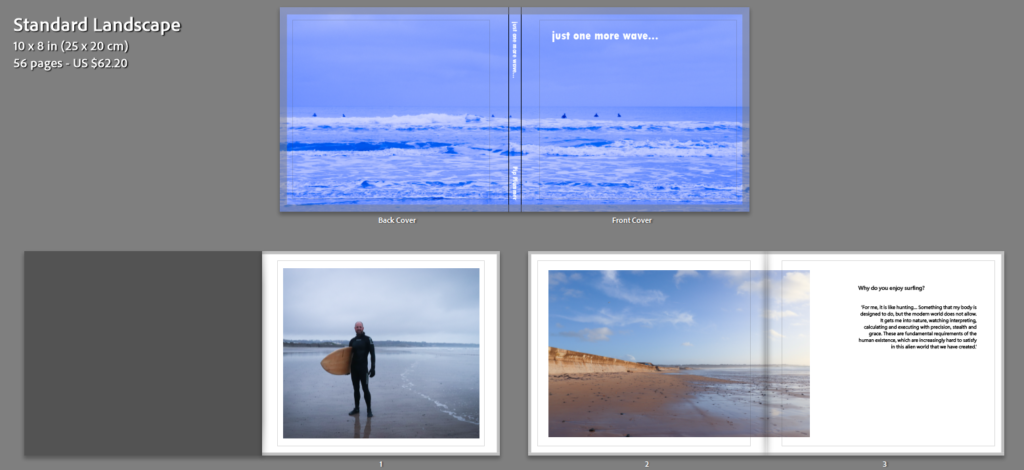
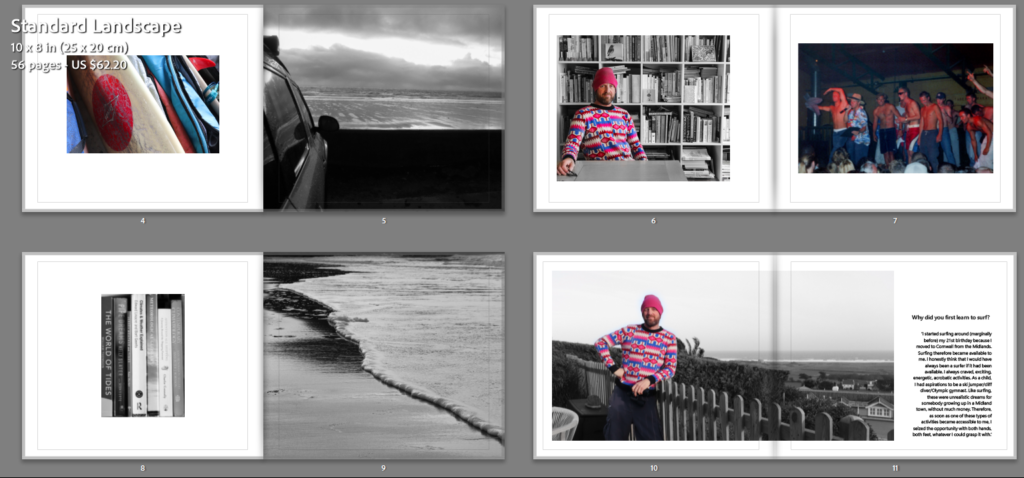
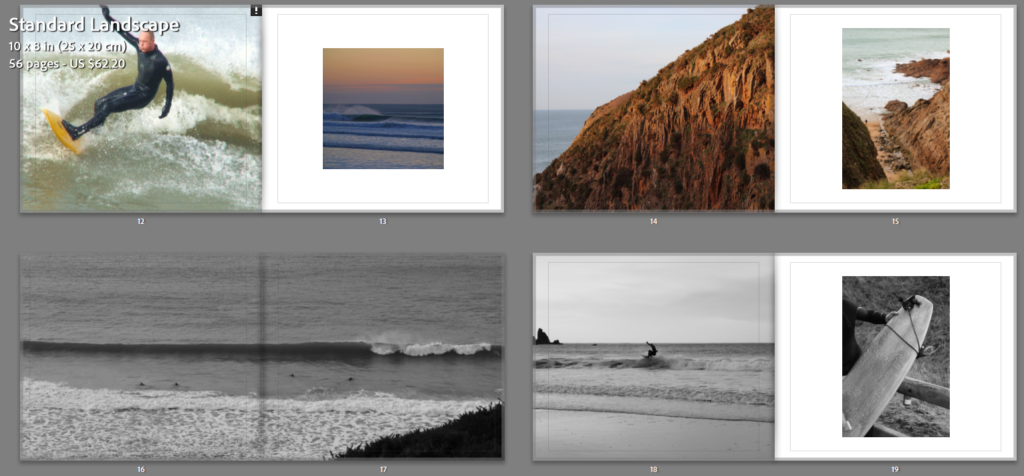
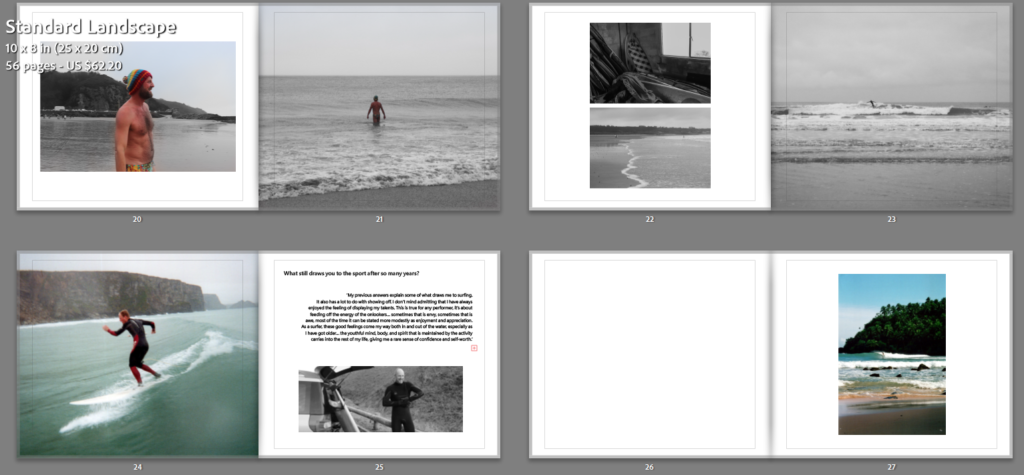
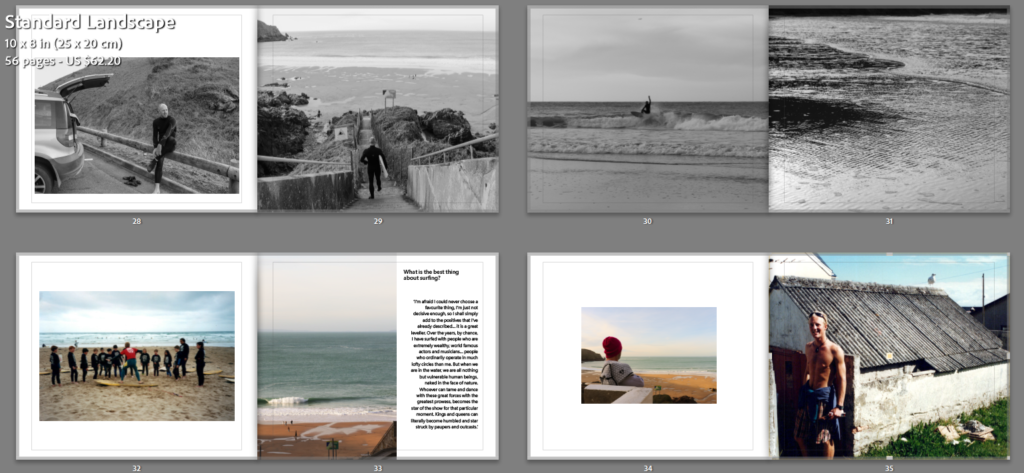
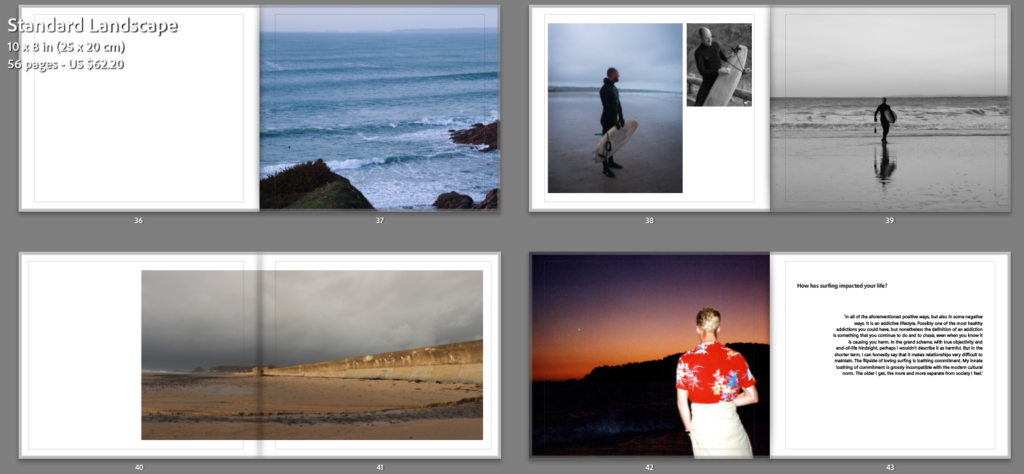
George Blake: Kanelsoldaten
Within my work, I aim to explore history through my photography. Due to my strong interest into the Second World War, I feel as if my knowledge on the subject will make an interesting documentative personal study. Creating a recreated depiction of the men stationed at Corbiere, I will base my images through the personal accounts some of these soldiers gave from CIOS (Channel Islands Occupation Societe) annual reviews. Having personal access to the Bunkers they where physically in, written accounts from the men themselves and uniforms they would have worn, I feel this is a good stepping stone into how this project can be creatively and effectively made. I would like to do this to explore our islands history and share it with others who either aren’t aware or want to know more about our islands history. By covering the Occupiers side, I aim to tell an often untold story about their emotions and lives amongst the trapped islanders. See more on his blog here







Nina Powell: Jersey Folklore
Beliefs and superstitions revolving around mythical characters in Jersey, Channel Island are common. The ancient lanes overhung with vegetation look almost like dark tunnels leading into the unknown. Unexplained ruins dotted around the coast add to the air of mystery and Island people with a long and proud history have many stories to tell which have been passed down from generation to generation. In this photo book I have explored three of Jerseys most famous and well-known legends, portraying each one with a series of environmental portraits, studio shots and landscape photographs. The first legend tells the story of the poor Bride of Waterworks Valley, the second shows the demonic presence down at Devil’s Hole and the third looks into the many tales of Witchcraft in Jersey. This project is my response to the provided themes of ‘truth, fantasy and fiction’, as well as the beautiful depictions of myths created by other photographers. My aim for this photo book was to recreate some of our islands most interesting history using beautiful and insightful visuals. By doing this I hope to bring these legends back to life in this colourful yet ominous series.
Read more here on her BLOG

